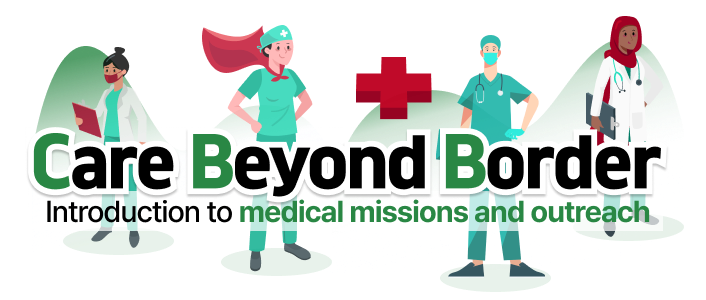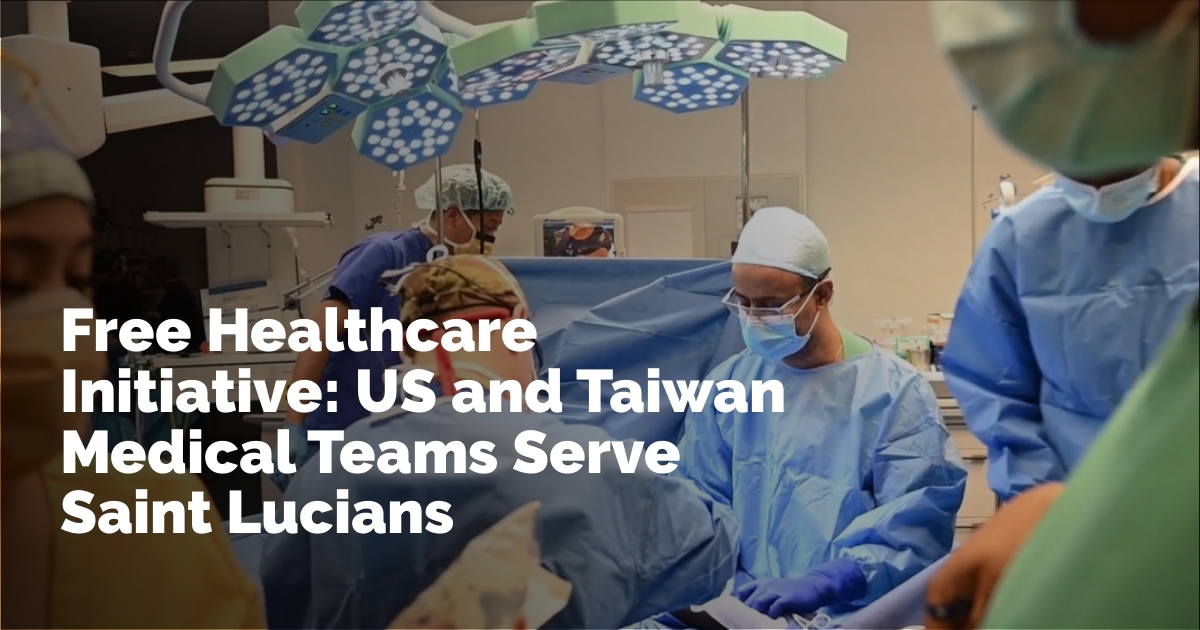A Landmark Medical Mission in Saint Lucia
In a significant showcase of international cooperation and humanitarian effort, the United States Air Force Southern Medical Mission teamed up with Taiwan’s medical professionals in a landmark operation to provide free healthcare in Saint Lucia. This mission, known as the Lesser Antilles Medical Assistance Team 2025 (LAMAT-25), stands as the fourth medical mission undertaken by the US to the island and has become a pillar of support for hundreds of people there.
Bringing a Multidisciplinary Approach
Beginning on February 25 and continuing until March 8, this mission comprises a robust team of over 43 health professionals brought together from various fields to deliver specialized medical services and life-saving care. In collaboration with Taiwan, the mission aims to provide comprehensive healthcare covering areas like vascular surgery, general surgery, cardiology, anesthesiology, respiratory therapy, biomedical technology, and dentistry.
The medical operations are primarily being conducted at the Owen King European Union (OKEU) Hospital and the Saint Jude Hospital. Additional clinics have been set up in Anse La Raye and La Clery to extend dental and cardiological services to more people.
Expert Team and Specialized Services
Colonel and cardiologist David Good of LAMAT-25 highlighted the extensive expertise within the team. The mission features 46 members drawn from diverse backgrounds including six reserve units and two active-duty units. This eclectic mix allows the mission to provide a range of essential services often difficult to access on the island. The team includes two vascular surgeons, two general trauma surgeons, two cardiologists, two ICU nurses, and several biomedical technicians tasked with repairing medical equipment to ensure devices remain operational.
Taiwan’s Significant Contribution
Taiwan’s involvement further enhances the mission’s offerings. The Taiwanese delegation includes three highly skilled doctors: two oral surgeons and an echocardiogram specialist. Additionally, Taiwan has extended its medical support to neighboring islands, offering resources to Saint Vincent and the Grenadines and Saint Kitts and Nevis.
Taiwanese Ambassador Nicole Su articulated her nation’s commitment to improving healthcare infrastructure in Saint Lucia. She emphasized the significance of this trilateral cooperation in driving forward lasting benefits for the region’s health sector through shared knowledge and experiences.
Training and Expertise Development
Aside from direct medical services, the mission also incorporated a key component this year: the Tactical Combat Casualty Care (TCCC) Subject Matter Expert Exchange (SMEE) training. Conducted between February 25 and 28, the program trained 20 local healthcare professionals, law enforcement, and emergency responders from various institutions including Saint Jude Hospital, Millennium Heights Medical Complex, and the Royal Saint Lucia Police Force. The training equipped them with skills to handle trauma cases, vehicular accidents, and gunshot wounds, thus enhancing local disaster response capabilities.
Gratitude and Impact
Minister for Health Moses Jn. Baptiste expressed deep gratitude for the mission’s contributions, highlighting its profound impact on Saint Lucia’s healthcare landscape. He acknowledged the efforts and support of the US government, the US Embassy, and the US Air Force South, alongside Taiwan’s unwavering commitment. According to Minister Baptiste, the mission’s expertise and resources are crucial in providing specialized services that were previously hard to come by for the island’s residents.
Reflecting on Global Perspectives
While the mission is largely celebrated for its positive impact, it has also sparked discussions regarding foreign aid and healthcare disparity. The mission underscores the critical need for accessible healthcare services worldwide and reflects on the broader implications of international aid.
Some have voiced concerns about the understanding and strategic motives behind foreign aid. Critics argue for more equitable healthcare access, contrasting the free care provided in Saint Lucia with the challenges and costs faced by many in the US healthcare system. These critiques highlight ongoing global conversations about healthcare access and the models that can be employed to ensure everyone, regardless of location, receives necessary care.
Conclusion
The US-Taiwan medical mission in Saint Lucia demonstrates how collaborative efforts in healthcare can significantly change lives. By sharing expertise and resources, it not only addresses immediate health needs but also lays a foundation for sustainable healthcare improvements. While debates around the geopolitics of aid continue, such missions also prompt reflection on how the principles of cooperation and shared learning can be harnessed for wider health-related benefits across the globe.
출처 : Original Source

